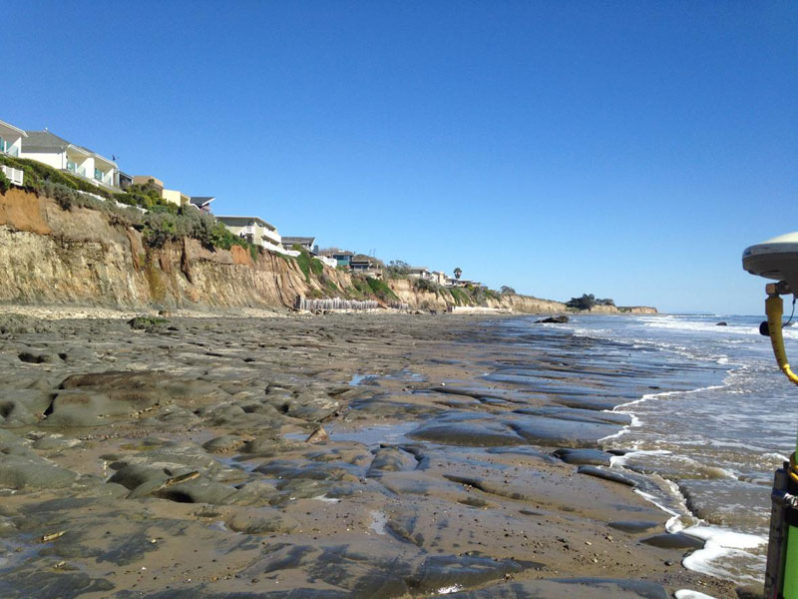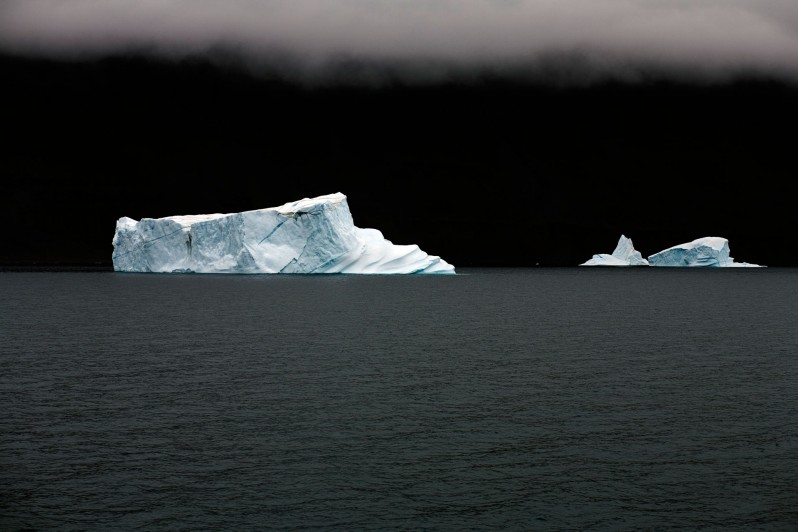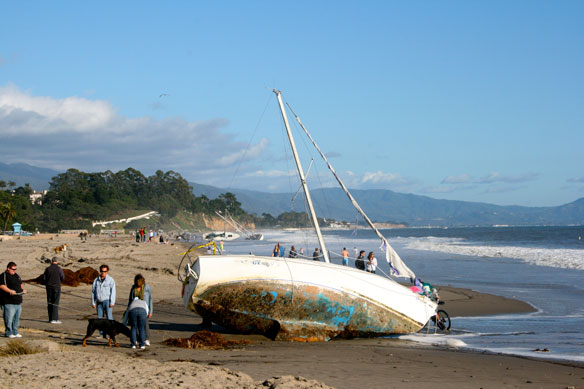Disappearing Beaches: Modeling Shoreline Change in Southern California

Using a newly-developed computer model, scientists predict that with limited human intervention, 31 to 67 percent of Southern California beaches may become completely eroded (up to existing coastal infrastructure or sea-cliffs) by the year 2100 under scenarios of sea-level rise of one to two meters.
Surfers will be the canaries in the coal mine on climate change

If the sea level continues to rise, as scientists warn, there will be a serious consequence for the sport: smaller and fewer waves. Consistently higher tides will change the way waves break on reefs and beaches. Without climate change intervention, those effects could become apparent in as a little as 50 years.
Record-Low Ice Confirmed at North and South Poles

Sea ice at Earth’s poles is dwindling, and it reached record lows this month, scientists report.
Atlantic City and Miami Beach: two takes on tackling the rising waters

Sea level rise is making floods more common and as the New Jersey resort braces for the next Sandy, the well-heeled Florida city is throwing money at the problem
Increase in extreme sea levels could endanger European coastal communities

Massive coastal flooding in northern Europe that now occurs once every century could happen every year if greenhouse gas emissions continue to rise, according to a new study.
Study finds knowledge gaps on protecting cultural sites from climate change

Many cultural sites vulnerable to climate-related changes such as rising sea levels, coastal erosion and flooding from stronger storms, warn researchers.
Beach bashing: Last year’s El Niño resulted in unprecedented erosion of Pacific coastline

Last winter’s El Niño was in fact one of the most powerful climate events of the past 145 years. If such severe El Niño events become more common in the future as some studies suggest they might, the California coast — home to more than 25 million people — may become increasingly vulnerable to coastal hazards. And that’s independent of projected sea level rise.
Coastal policy needs dose of reality; Op Ed by Orrin Pilkey

Governor-elect Roy Cooper, with whatever powers he has left, has two particularly important tasks facing him on the environmental front. One is to reinvigorate and restore the state’s Department of Environmental Quality (DEQ) and to bring robust science to the fore. The second task is to bring our coastal management program into the 21st Century.
Orrin H. Pilkey: Heading over the coastal cliff in North Carolina; Op Ed

In the December 16 issue of Science, an insightful article about sea-level rise argues that there is a good possibility that the increase will exceed six feet by 2100.
